This Indian Winery Wants You to Try Kiwi Wine
A wife-and-husband team hopes the unusual drink will benefit a remote and rugged region.

It might be one of the world’s least likely locations for a cutting-edge winery. Amid plump yipping puppies, rice farmers amble home from a day in the surrounding paddies. Mist-shrouded hills loom nearby. And down a row of A-shaped bamboo houses, a wide bucolic road veers off toward a hidden hive of industry. Here, in Hong Village—a tiny tribal community in Northeast India—a sleek new boutique workshop is bottling up an unusual concoction: kiwi wine.
“When you say wine, people think about grapes,” says 37-year-old Tage Rita Takhe, the company’s founder, who has earned an entrepreneurship award for her efforts. Naara-Aaba—named after Takhe’s father-in-law—is India’s first and only organic kiwi wine factory, and remains one of only a handful of companies throughout the world to bottle the tangy, yellowy brew.
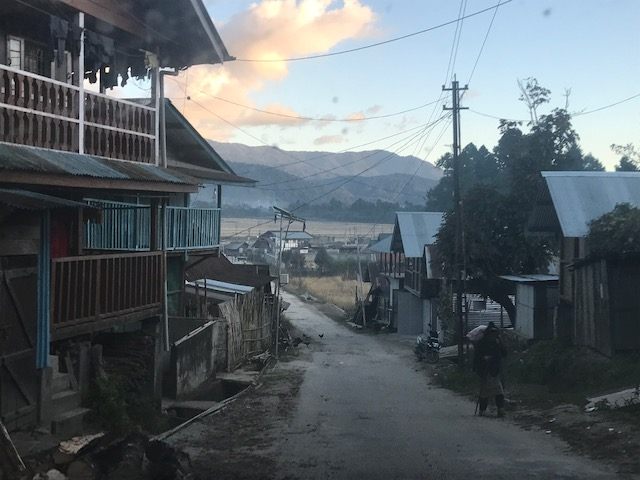
Takhe created the winery in response to a local dilemma. Kiwis grow plentifully in Arunachal Pradesh, a remote and rugged state that is connected to the rest of India by only a narrow land corridor. They are especially bountiful in Ziro Valley, the scenic, UNESCO-shortlisted district that is home to Hong Village. The fruit is popular in India, where it is thought to boost immunity against dengue fever. However, local farmers struggle to compete with imported fruits, which are considered tastier. Domestic kiwis also grow in mountainous areas, making delivery a challenge. Millions of kiwis are shipped to India from New Zealand, Italy, and Chile each year—anywhere from 40,000 to 60,000 tons.
Takhe doesn’t see Ziro’s kiwis this way. “The taste and aroma of kiwi fruit from Ziro Valley is superior to any other kiwi in the world,” she says. They are also lower priced than multinational imports, by as much as a third. But with no buyers interested in the local crop, entire harvests went to waste. Before she set up her factory, Takhe would visit nearby farms. One scene was particularly haunting. In a kiwi orchard sprawled around the babbling waters of a small brook, the farm manager showed her heaps and heaps of rotting fruit. “I felt sad seeing the exotic fruit in such a condition,” she says.
A trained agricultural engineer, Takhe left a prestigious government position to launch her winery, which officially opened—amid local fanfare—in the fall of 2017. The daughter of local farmers herself, Takhe wanted to support organic, small-scale cultivation while ensuring that kiwi farmers in the valley would be able to live off the profits—no small feat, given the state of agriculture throughout most of India, where drought, debt, and poor harvests have led tens of thousands of farmers to commit suicide in recent years. Arunachal Pradesh has been spared the rash of suicides, but households still rely on subsistence agriculture, mostly rice cultivation and fishing.

It took Takhe and her husband, Takhe Tamo, six years of careful research and planning to get the boutique factory off the ground. The couple had no savings and were on the verge of bankruptcy, but they managed to bring a few banks on board, who offered them loans. “Wine was in our dreams and nothing else,” Takhe says. Today, she works with kiwi farmers from all over the state and supports a community collective known as the Kiwi Growers Cooperative Society. One of Takhe’s main suppliers is now the farm manager of the orchard by the brook, whose kiwi crops are thankfully no longer left to rot.
In many parts of India, and certainly overseas, Arunachal Pradesh is better known for its traditions than its innovations. The remote, mountainous state, which borders Bhutan, Tibet, and Myanmar, is proudly home to 26 indigenous tribes and dozens more sub-tribes, each with their own unique councils and customs. The region has long been posited as a bastion of anthropological discovery for intrepid visitors, with travel outlets marketing it as “a land that time forgot.”
It’s true that traditions are alive and well. Many villagers still call upon shamans, animist mediums who perform complex rituals involving bamboo twine and cracked egg yolk to connect believers to the spirit realms of their ancestors. In villages, clothes are still an important identity-marker, especially among older generations. Regional dress spans traditional Nyishi headdresses—fashioned from hornbill beaks and feathers—to the much-photographed, nose-plugged women of the Apatani tribe, also known for their distinctive facial tattoos.
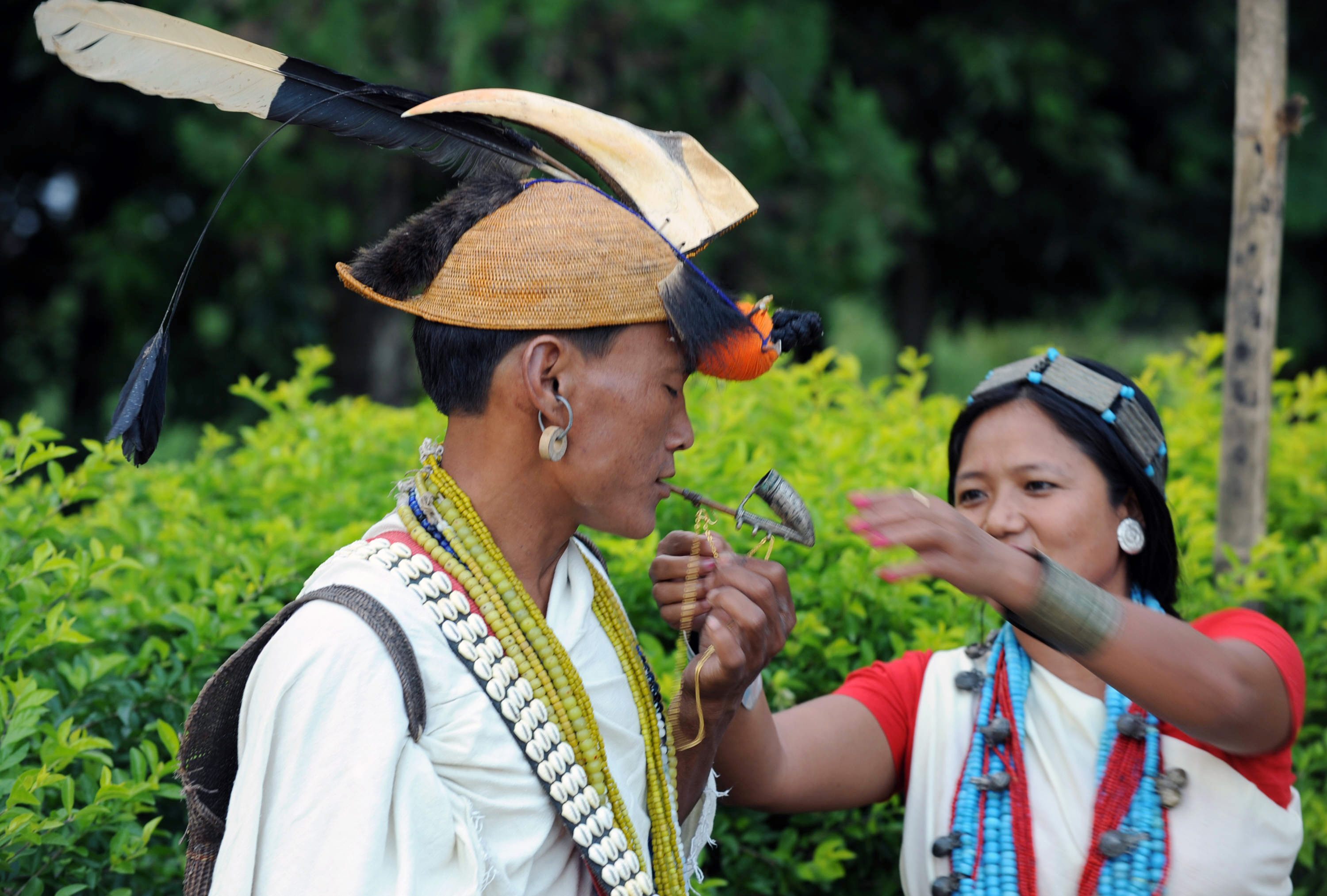
But the state is more than an open-air museum. The excessive focus on surviving rites ignores Arunachalis like Takhe, who have chosen to put a determined new spin on local traditions. They are attempting to safeguard their culture and boost their economy through homegrown ingenuity, without comprising sustainability ideals. As the Naara-Aaba website puts it, “For the hardworking and fun loving people of Ziro valley, it’s a gentle wake up call to learn new and modern ways to utilize their vast lands.”
In Arunachal Pradesh,the kiwi is a symbol of local horticulture—many households have kiwi trees in their backyards. For Takhe, the pairing seemed logical. It also gave her a chance to return to a more rural lifestyle, resisting the mass urbanization that has claimed many of India’s aspirational youth, as job-seekers are drawn away from their home villages. “My husband and I were always interested in the country life,” Takhe says. “We wanted our children to grow up in nature and stay connected to our roots.”
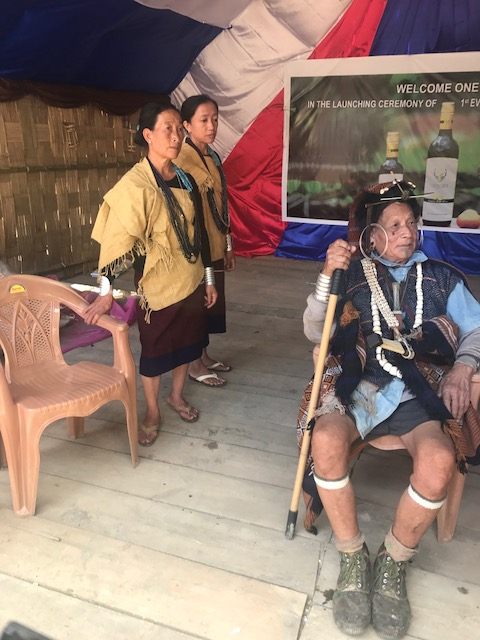
This love of nature is reflected in the product, which—Takhe touts—is good for you, too. Unlike grape-derived wines, the golden kiwi brew has conserved the same health-giving properties as the fruit. “All the vitamins and minerals that the kiwi has when it’s raw, we got that in the wine itself,” Takhe says. The fruits are processed unpeeled so that the nutrients pass into the organic wine, which has been lab-tested to silence potential naysayers. (That said, fruit juice never matches raw fruit in health terms.) The benefits are helpfully printed on the retail label, listing everything from Vitamin C to Magnesium and Iron. So drink up.
But how does it taste?

For starters, the tart sweetness of the fruit carries over to the drink. Fans of crisp, high-acid wines will probably find it similar to a drier Riesling—a suitable accompaniment for Arunachali cuisine. Anyone eager for a sample can try a glass with a home-cooked plate of local staples, such as fried bamboo shoots, fire-roasted chicken, and jungle-foraged greens. The only trouble is that, for now, Naara-Aaba is only available in Assam and Arunachal Pradesh, where bottles retail for 1,200 Indian Rupees ($18.00). The state doesn’t yet have an airport, and ground travel involves contending with a perilous tangle of landslide-prone roads—an even bigger gamble for a delivery truck.
But the family-run winery has already attracted a local following. Takhe hopes that the momentum will propel sales to other states, introducing consumers who buy imports to the natural bounties ripening in their own backyards. For now, Takhe and her husband are still dreaming big. With 25 full-time factory employees and a roomfull of hulking steel fermentation tanks, Naara-Aaba is poised to manufacture a maximum of 40,000 liters—enough to find a use for every kiwi grown in the state, and to turn that waste into wine.
Gastro Obscura covers the world’s most wondrous food and drink.
Sign up for our regular newsletter.





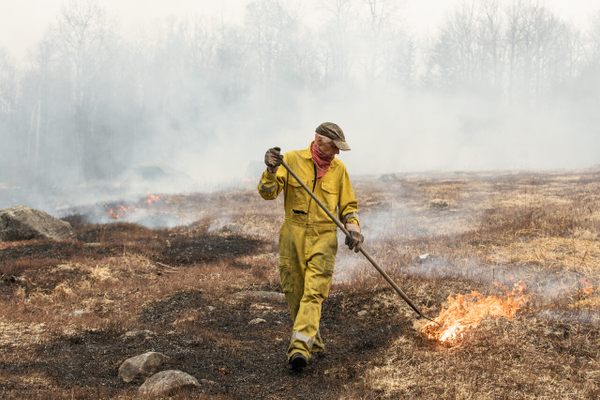


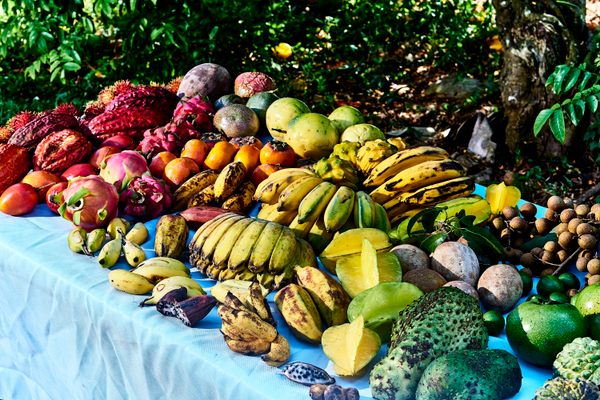













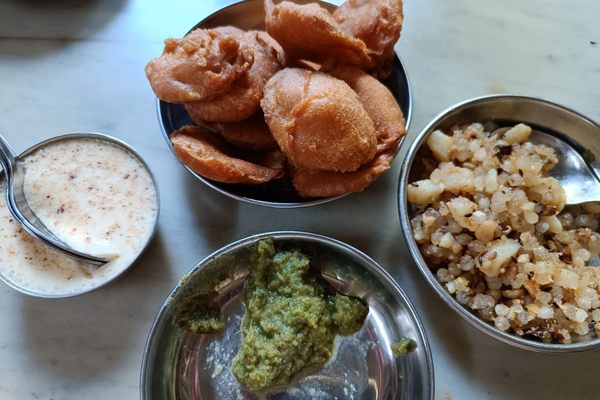




Follow us on Twitter to get the latest on the world's hidden wonders.
Like us on Facebook to get the latest on the world's hidden wonders.
Follow us on Twitter Like us on Facebook